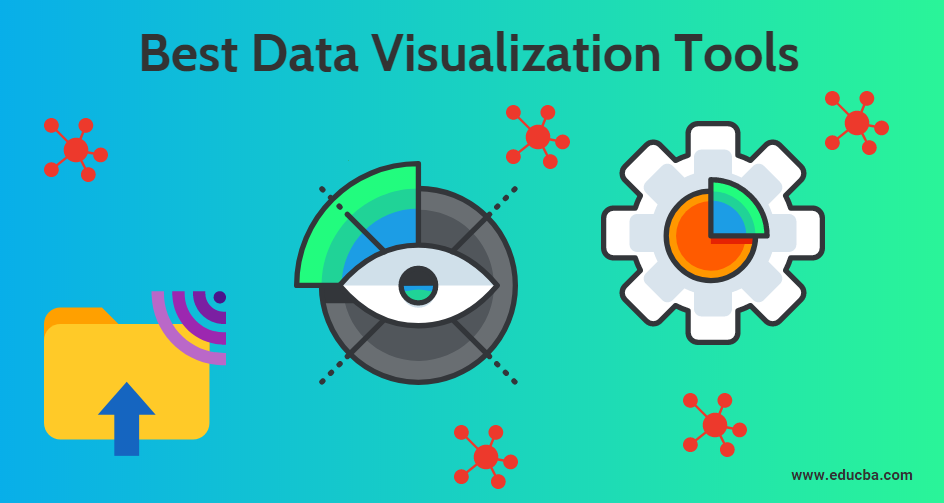
Introduction to Best Data Visualization Tools
Today we are dealing with huge volumes of data; it is necessary to understand the importance of this data and to get a move on with the upgrading tool to make wise decisions in the future. To visualize this data, the need for data visualization tools emerges. They make a user gain insight from the proper presentation. Data visualization tools are meant for designing and analyzing elements like patterns, dashboards, maps, and charts.
In this article, we shall introduce some top visualization tools in the market with the aim of presenting them according to the user requirements. A very good BI tool should have the capacity to analyze and understand the generated reports being a self–service analytics. Dashboards show the analysis process effectively.
Types of Data Visualization Tools -2023
Here come the topmost BI tools in the current markets. Among these, the three tools, namely Tableau, Microsoft Power BI, and Qlik, are the leading tools in Gartner Magic Quadrant.
The following is the list of the most popular free data visualization tools among organizations.
- Tableau
- Microsoft Power BI
- Sisence
- Zoho Reports
- Jupyter
- Google Charts
- Infogram
- Plotly
- Qlik View
- Klipfolio
- Visme
- Adaptive Discovery
- Watson Analytics
- Domo
- High Charts
Let’s see the significance of the individual Data Visualization Tools in detail:









10. Klipfolio: This tool is enriched in the dashboards platform and helpful in real-life business. It is customizable for all sizes of businesses for manipulating complex data using data engines. It connects to multiple sources, and switching between them is very simple. Klipfolio is flexible enough to embed third-party visualization into its own dashboards. Kilpfolio is connected to google analytics, Twitter, and Datawarehouse.





Conclusion
In this article, we came across different data visualization tools in Business Intelligence. Before choosing the right tool, it is recommended to explore its features and other available options. As we conclude, this visualization tool is effectively used for analytical insights and has good design tools and data processing.
Recommended Articles
This is a guide to Best Data Visualization Tools. Here we discuss the introduction and explain 15 different tools of data visualization. You can also go through our other suggested articles to learn more-

